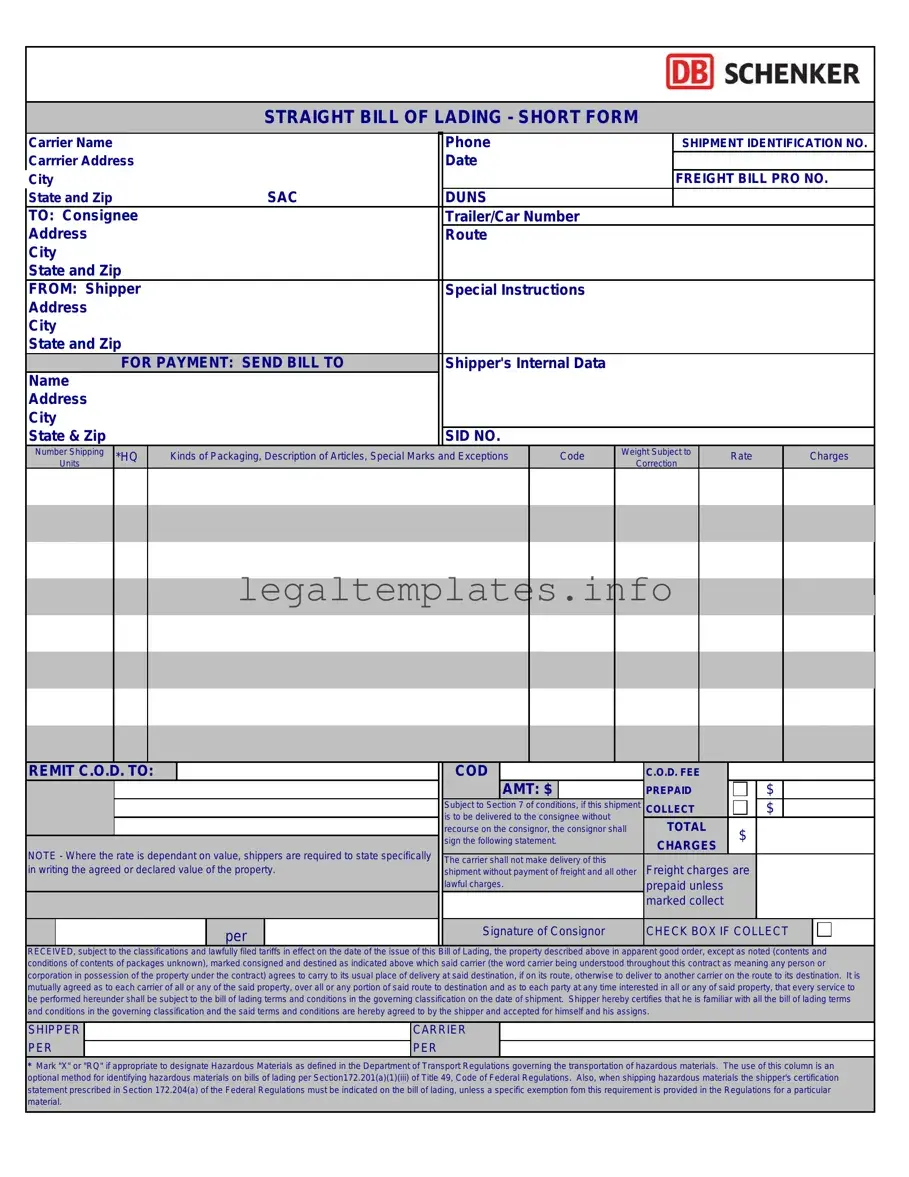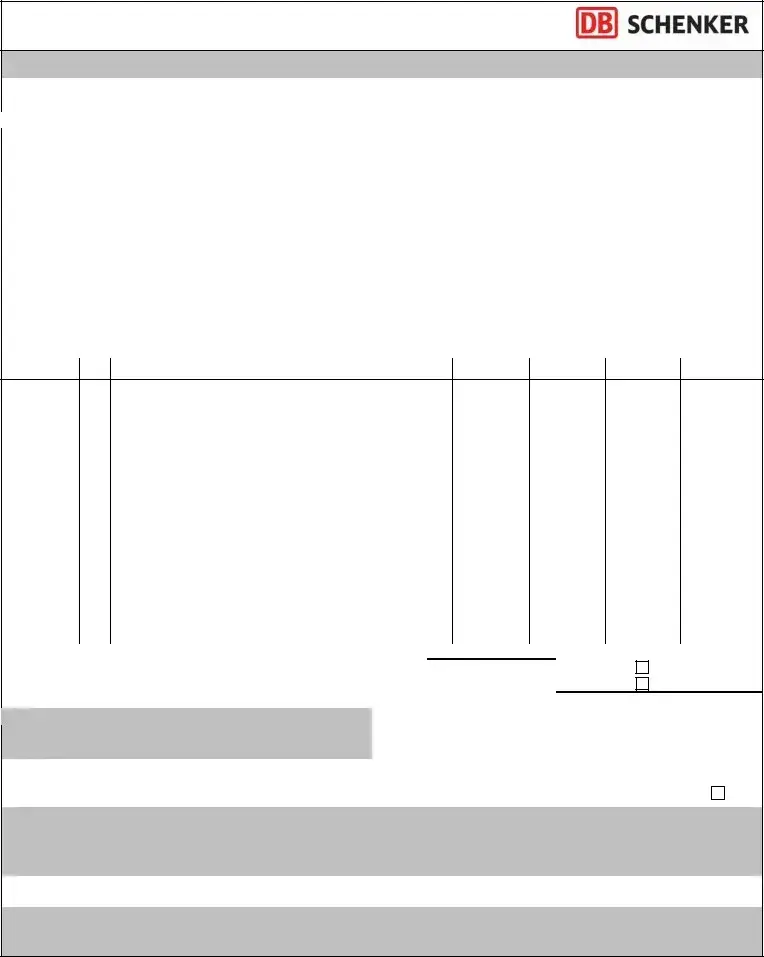The Bill of Lading (BOL) is akin to a Warehouse Receipt in how they both serve as proof of stored goods. A Warehouse Receipt is issued when goods are stored in a warehouse, documenting the goods' ownership, description, and quantity, much like the BOL, which details the goods being transported, ensuring both the shipper and the receiver have a record of the shipment's specifics.
Similarly, a Waybill is related to the BOL, as both documents accompany shipments. The primary difference is that the Waybill is a non-negotiable document, meaning it doesn’t specify to whom the goods are to be delivered, allowing for easier changes in the shipment's destination. The BOL, in contrast, requires endorsement for such changes, providing a more secure form of shipment documentation.
A Cargo Receipt, used for the carriage of goods, often mirrors the Straight Bill of Lading in its role. While the Cargo Receipt serves as a preliminary acknowledgment of goods received for shipment, it precedes the BOL, which acts as the official document that confirms the transfer of cargo from the shipper to the carrier, delineating terms and conditions of the shipment.
Freight Bill shares similarities with the BOL, chiefly in its role as an invoice for transportation services provided by a carrier. However, the Freight Bill includes detailed payment information, such as charges and discounts, whereas the BOL serves more as a contract and receipt without focusing solely on payment.
An Air Waybill (AWB) serves a similar purpose in air transport. Like the BOL, the AWB acts as a contract between the shipper and carrier, detailing the goods being transported. However, the AWB is specific to air freight and, like the Waybill, is generally non-negotiable, simplifying the process of making changes to the delivery details if needed.
The Packing List complements the BOL, detailing the specifics of each package within the shipment, including weight, dimensions, and contents, which helps in verifying the cargo. While the BOL serves as a contractual document between the shipper and carrier, the Packing List assists in identifying the exact contents being shipped, making it invaluable for logistics and customs clearance processes.
The Certificate of Origin is another document related to the BOL. This certificate verifies the country in which the goods were manufactured, required by certain international trade agreements to determine tariffs and restrictions. While it provides specific information on the goods' origin, the BOL covers a broader spectrum of information, including the terms of shipping and ownership detail.
Lastly, the Sea Waybill parallels the Straight Bill of Lading in maritime shipments. It is used specifically when a negotiable BOL is not needed, allowing the shipment to be released to the consignee without presenting a physical document, thereby facilitating faster delivery times. The Sea Waybill thus offers a more streamlined version of the documentation process when security concerns are less stringent than those necessitating a BOL.

